
AeroGenie – Ihr intelligenter Copilot.
Trends
Categories
Examining the FAA’s Ongoing Challenges
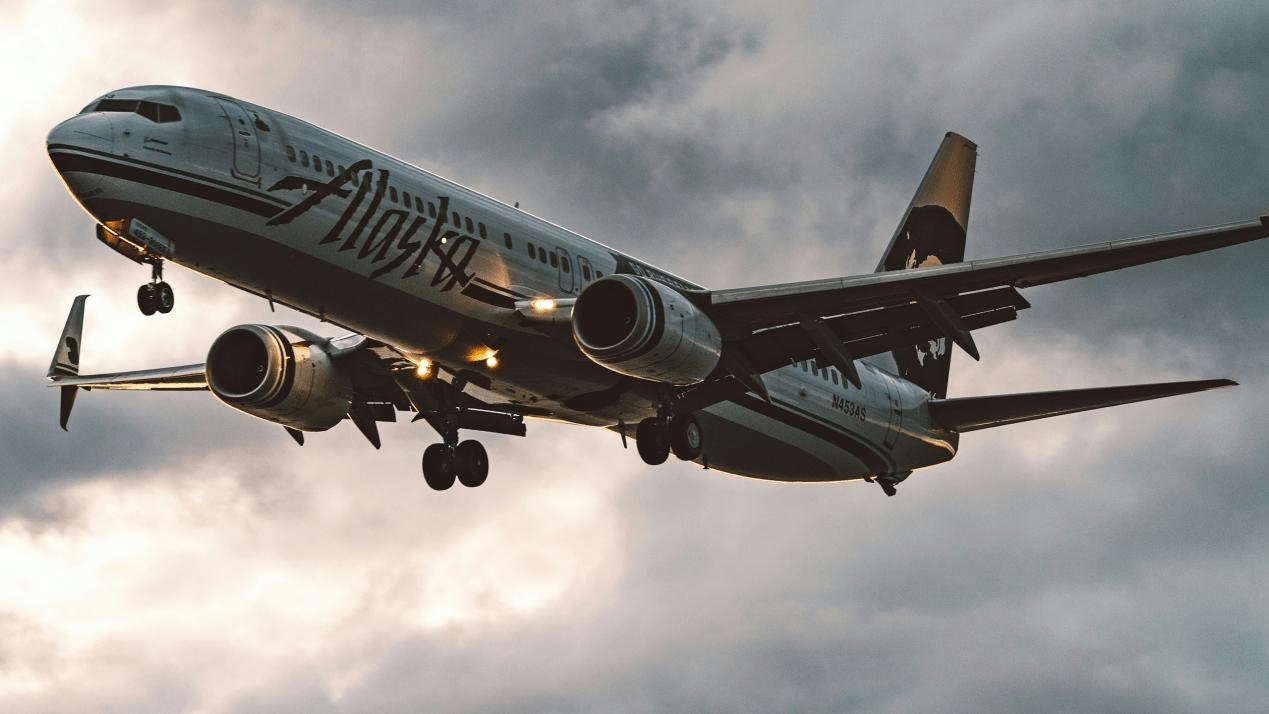
Examining the FAA’s Ongoing Challenges
The Federal Aviation Administration (FAA) continues to grapple with a multifaceted array of regulatory complexities, operational disruptions, and shifting industry standards. Among the most perplexing issues is the inconsistent enforcement of mandatory engine Time Between Overhaul (TBO) requirements, particularly when comparing light sport aircraft (LSAs) to traditionally certified aircraft.
Regulatory Ambiguities in Engine Overhaul Requirements
For owners of certified aircraft, engine TBOs are generally not compulsory unless the aircraft operates under Part 135 charter services, participates in an FAA-approved inspection program, or lacks an approved extension for such activities. Despite this, many owners voluntarily adhere to manufacturer-recommended TBO guidelines, believing these practices enhance safety. However, aviation expert Mike Busch and a study by the National Transportation Safety Board (NTSB) challenge this assumption. Their findings suggest that engines overhauled solely based on TBO limits may face an increased risk of failure shortly after overhaul. Data indicates that most engine failures occur soon after replacement or overhaul, rather than during the continued operation of a well-maintained engine. Consequently, overhauling a healthy engine can result in unnecessary expenses and heightened risk.
The regulatory framework for LSAs, introduced in 2004, adds further complexity. Under these regulations, manufacturers must comply with ASTM standards and assume responsibility for certain safety aspects, including the issuance of service bulletins. These bulletins, sometimes designated as “mandatory,” function as the LSA sector’s equivalent to Airworthiness Directives (ADs), which only the FAA can issue for certified aircraft. This approach was designed to alleviate the FAA’s regulatory burden and promote a collaborative safety culture within the emerging light sport aviation community.
Safety Performance and Industry Developments in the LSA Sector
Over time, LSAs and sport pilots have demonstrated safety records that meet or exceed expectations, outperforming both the ultralight and experimental aircraft markets. The LSA regulatory framework has also catalyzed positive industry developments, including the introduction of BasicMed, which simplifies medical certification requirements, the broader adoption of safety-enhancing technologies such as angle-of-attack indicators, and the availability of more affordable avionics systems.
Operational Challenges Amid External Pressures
Beyond regulatory intricacies, the FAA faces significant operational challenges exacerbated by external factors, notably government shutdowns. These disruptions have impaired the agency’s ability to recruit and train sufficient numbers of air traffic controllers, resulting in staffing shortages that reverberate throughout the aviation system. The impact is evident to travelers through longer security lines and potential flight delays. Airlines and aviation organizations have urged Congress to prevent further shutdowns, warning that ongoing funding interruptions undermine operational efficiency and jeopardize the FAA’s capacity to manage air traffic safely.
As the FAA contends with these regulatory ambiguities and external pressures, its reticence on clarifying certain policy interpretations—such as the mandatory nature of LSA engine TBOs—continues to fuel uncertainty within the industry. The agency faces a dual challenge: to clarify complex regulations while securing the necessary resources and workforce to maintain the safety and reliability of the nation’s airspace.
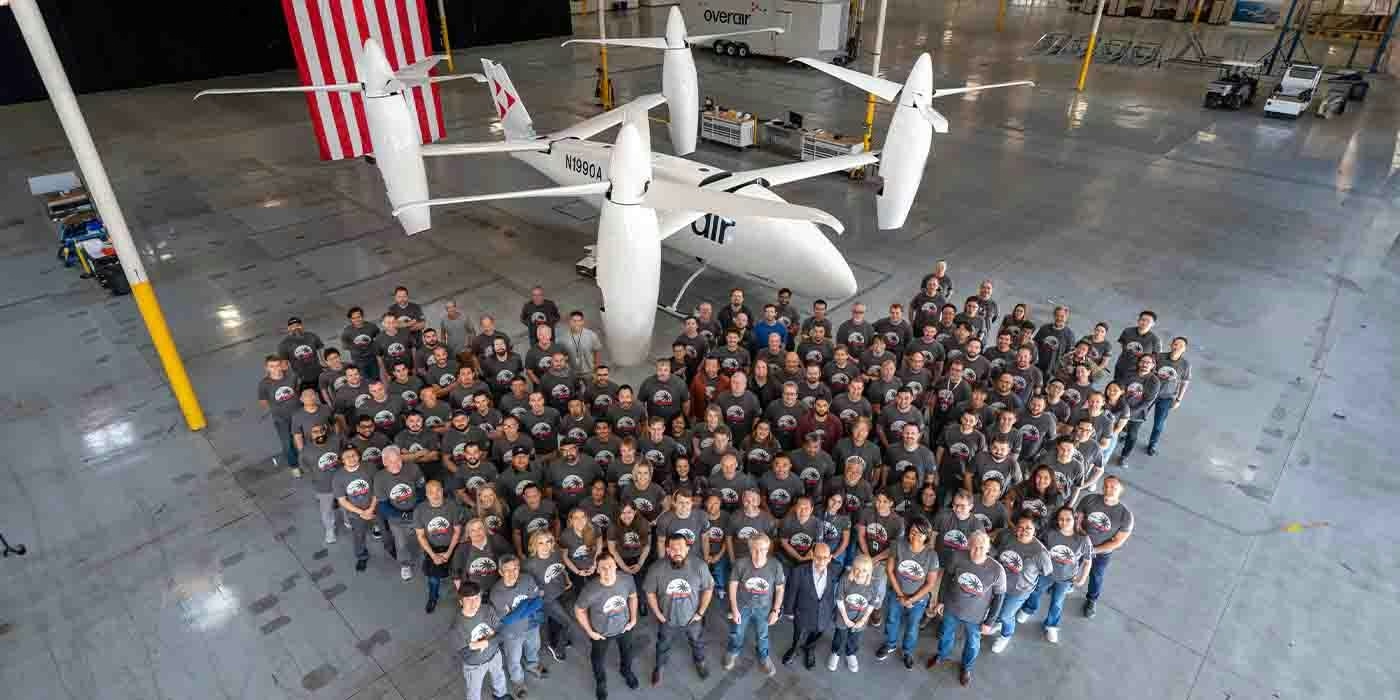
Unique mixed-propulsion eVTOL completes transition flight testing
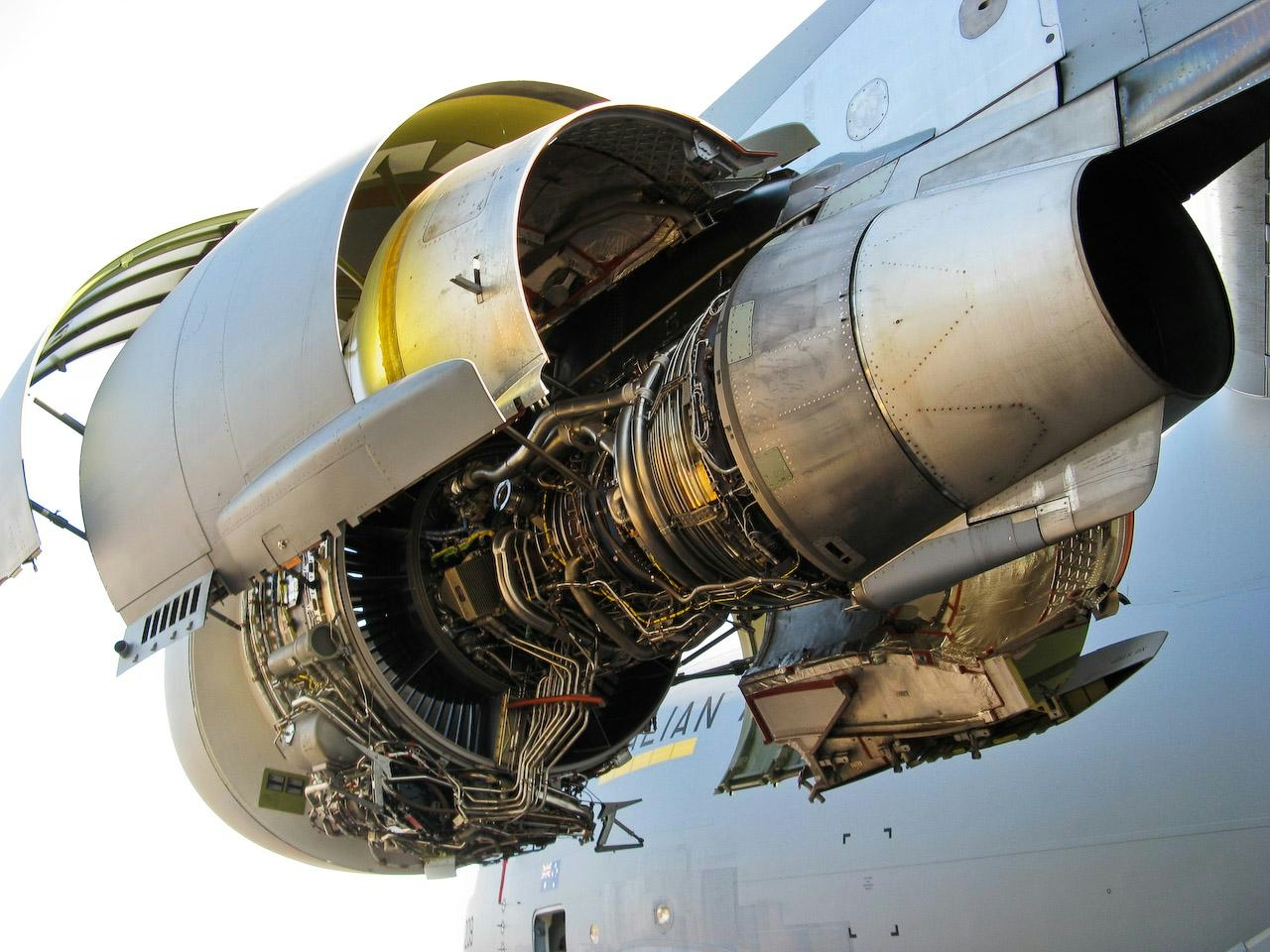
Are C-17 Globemaster Engines Derived from Boeing 757?
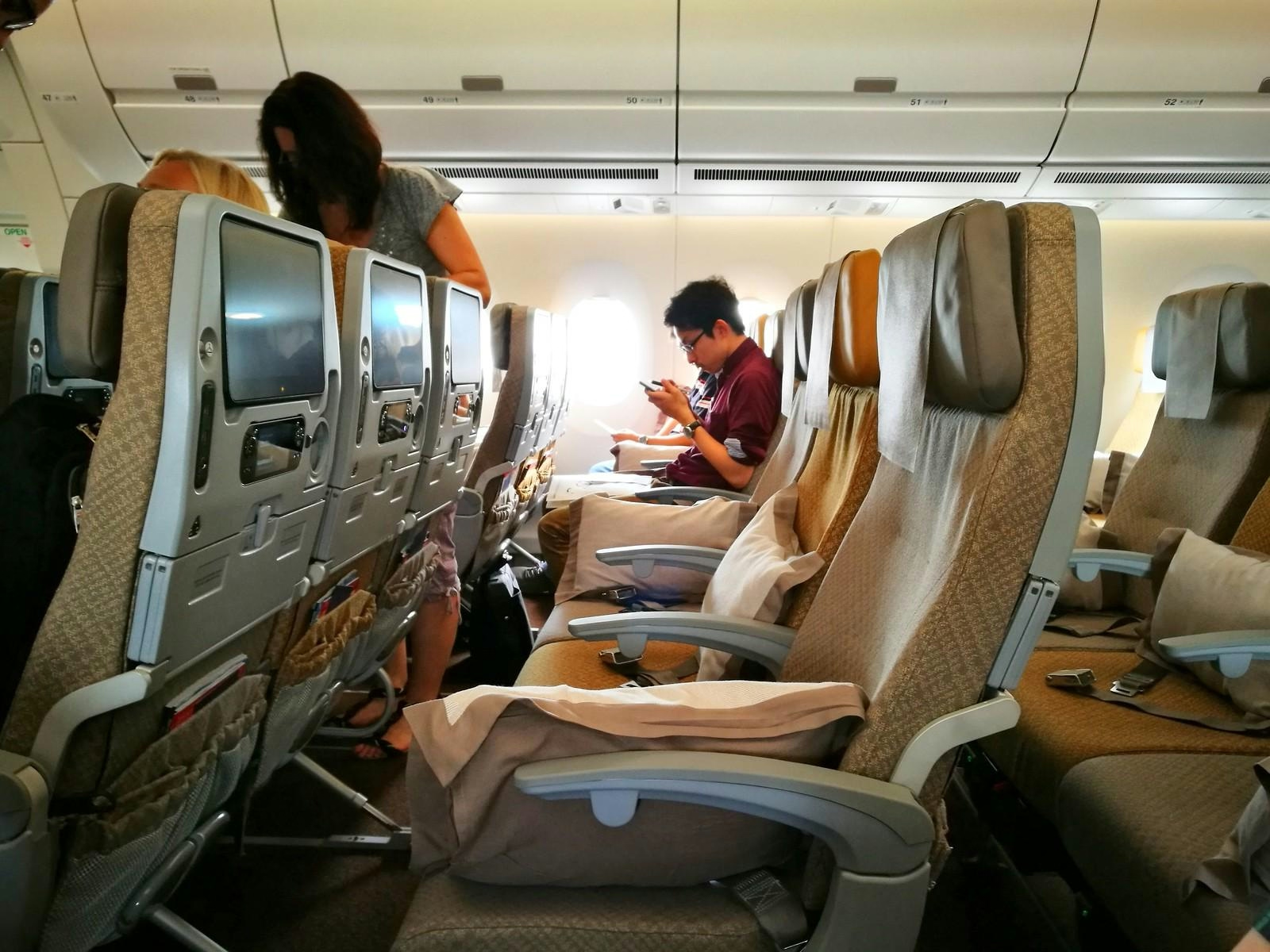
Why the Airbus A350’s Cabin Is Quieter Than Other Aircraft
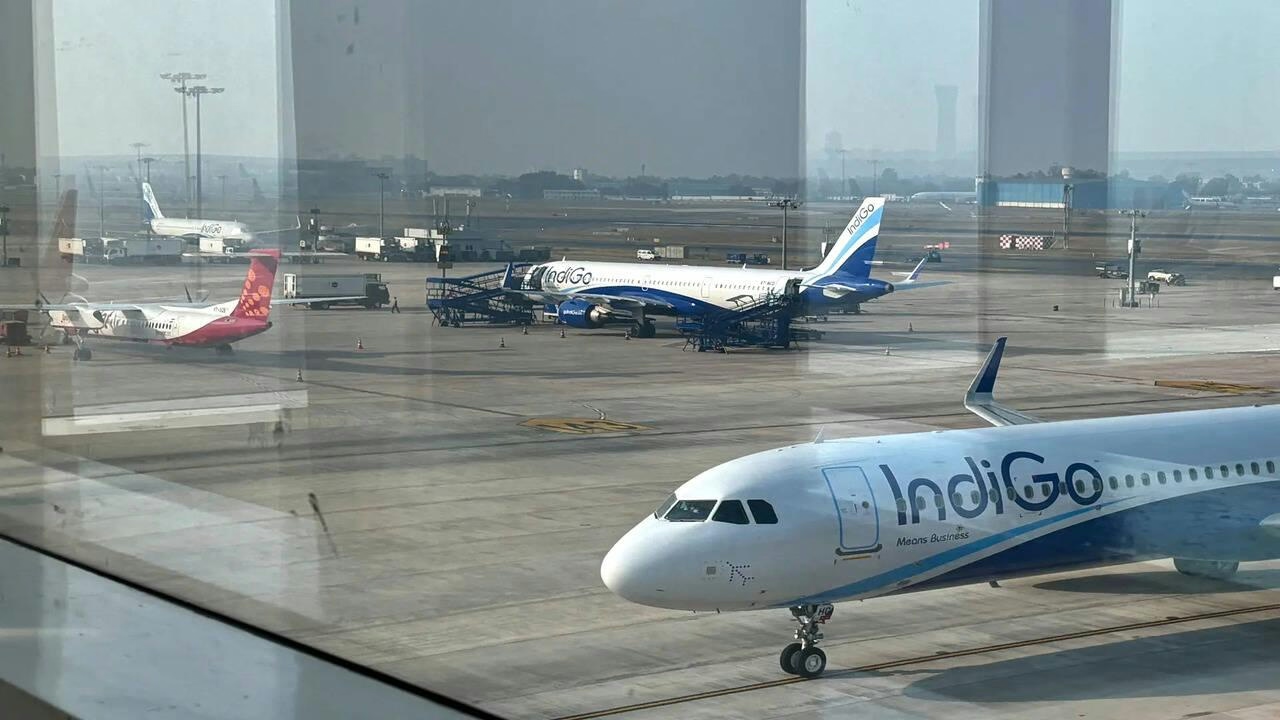
AI and AI Express Plan to Increase Capacity Amid IndiGo Flight Disruptions
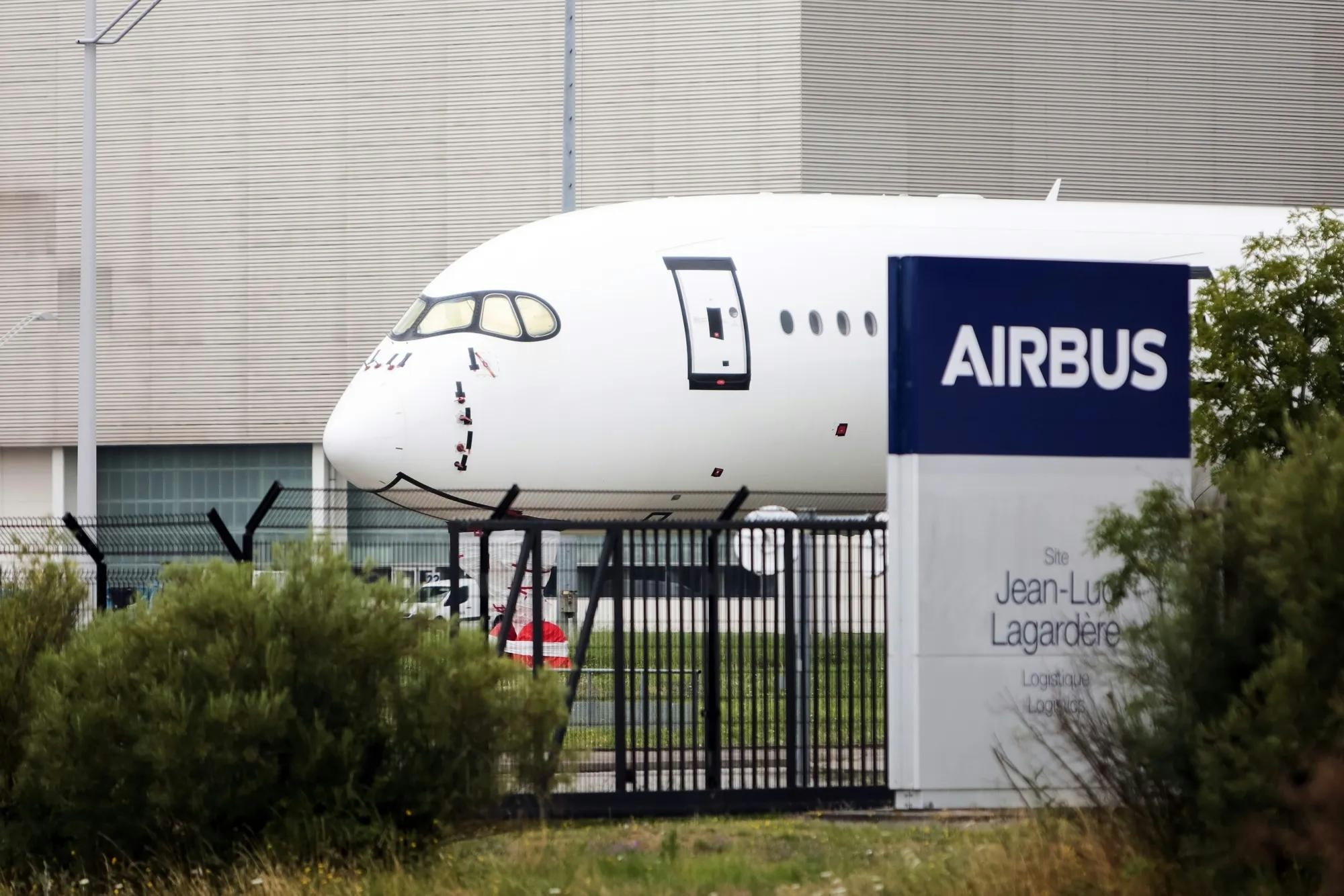
Kazakhstan and France Agree on Airbus Aircraft Deliveries
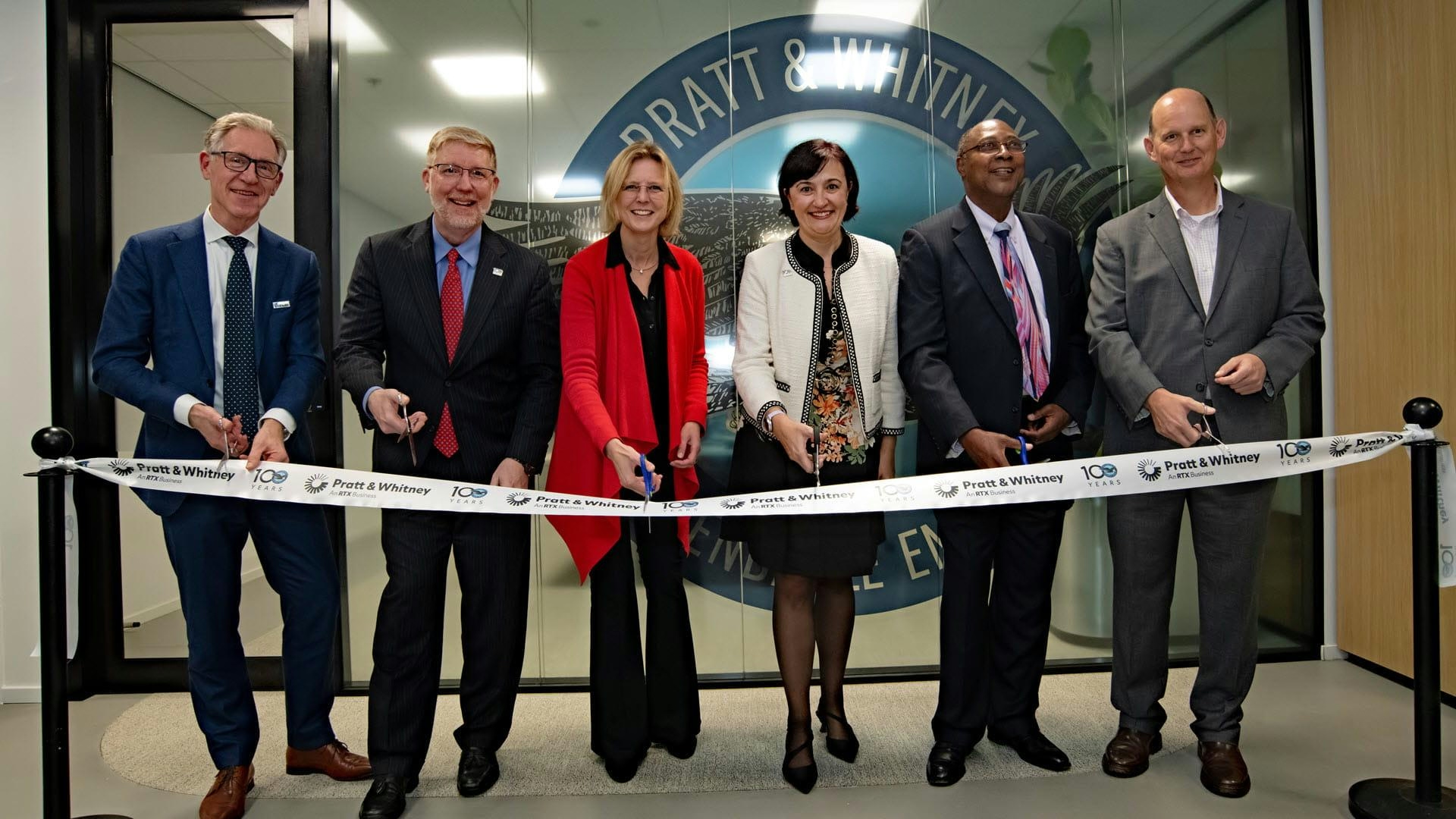
Europe’s Emerging Talent Drives Aviation Innovation
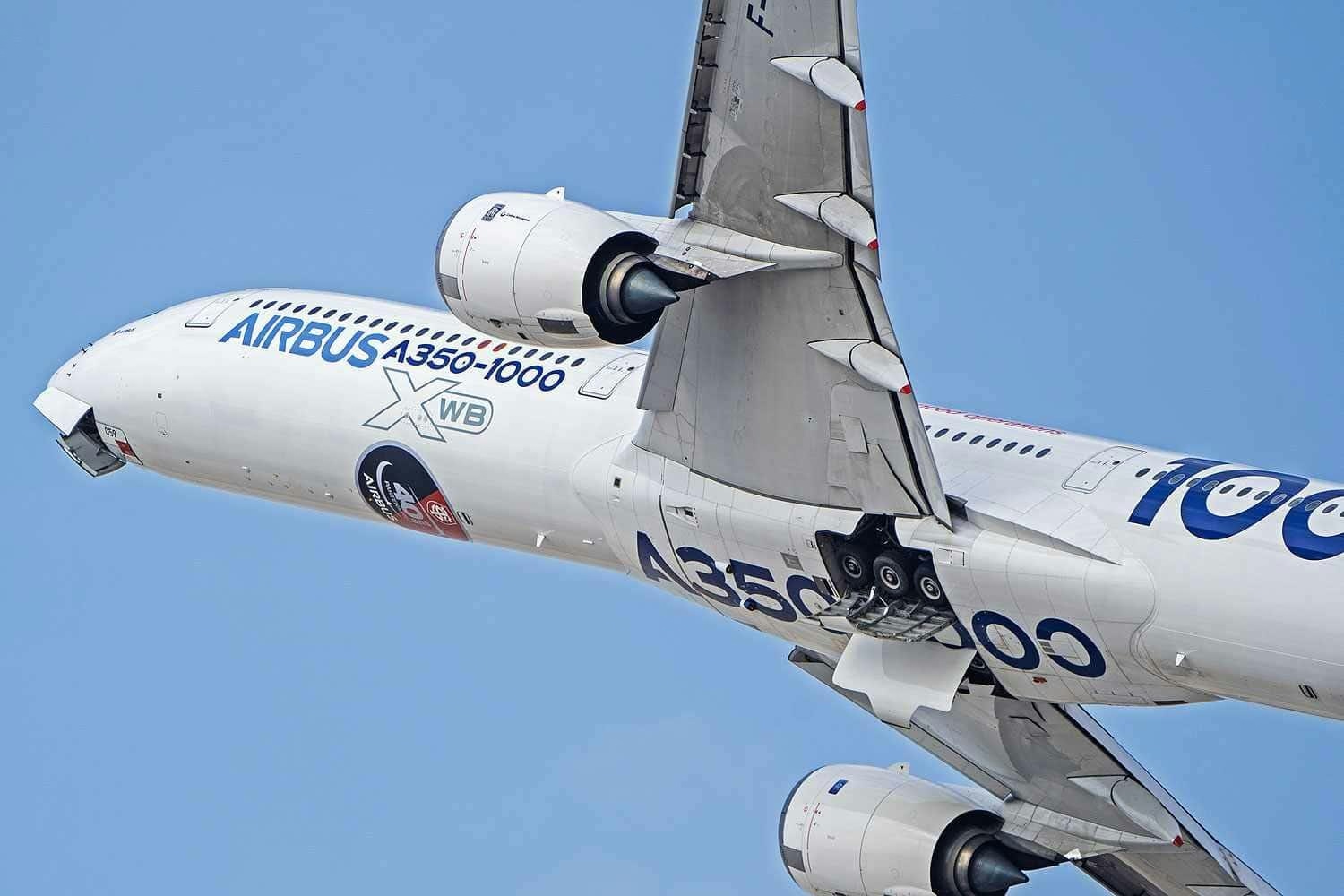
Airbus Receives New Order for A350-1000

The Leading Widebody Aircraft in Service Today
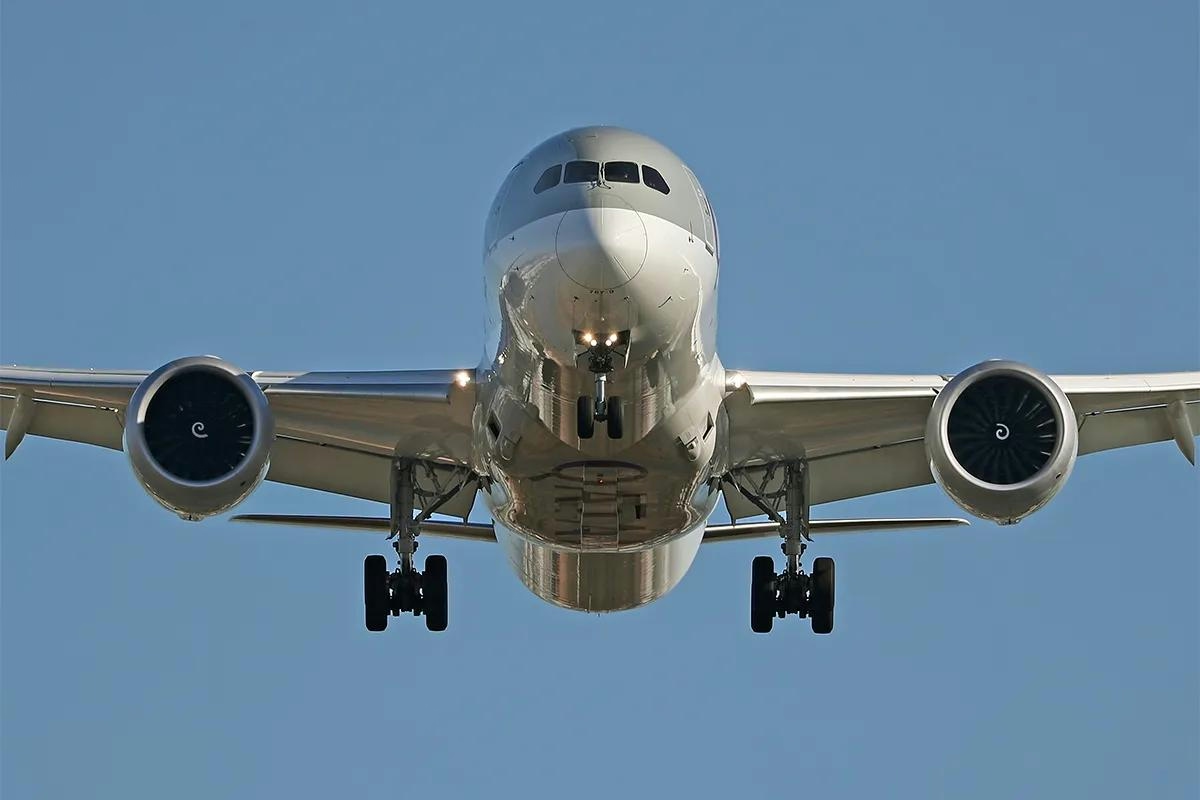
The Fastest Boeing Jet Currently in Service
